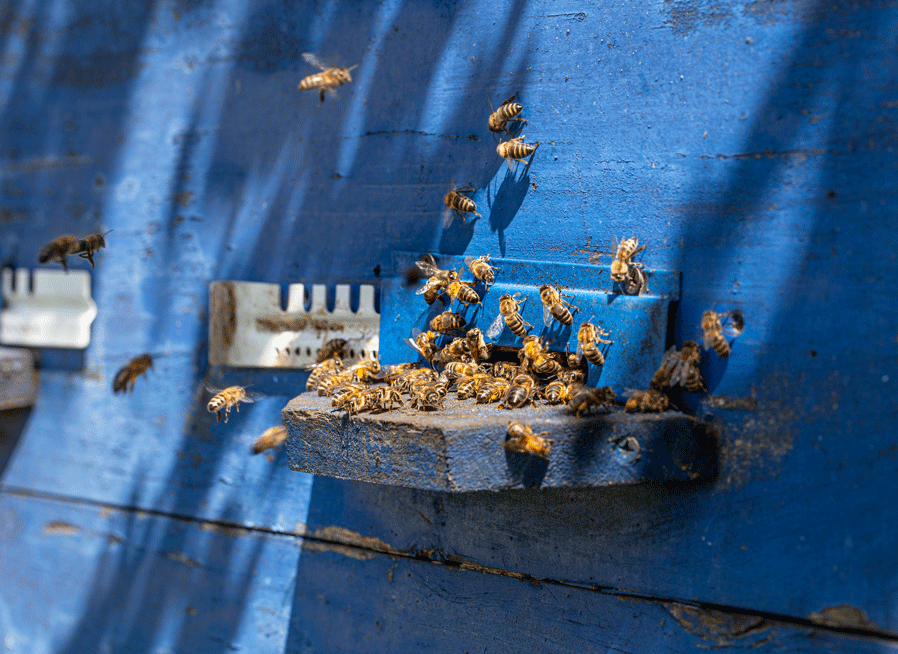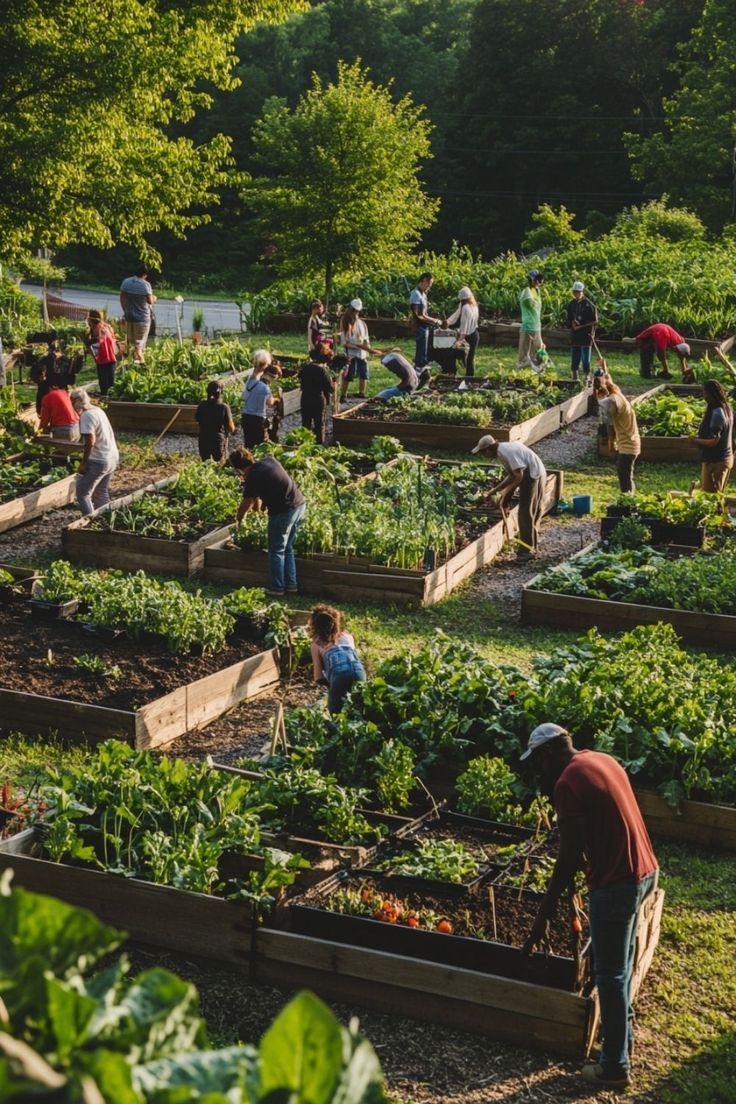Types of bees and their importance
The bees and wasps that many of us see every day may be the most familiar examples of their kind, but there are actually more than 20,000 species of bees known to science. Four thousand species of bees are native to the United States alone, but many people are unaware of the extent to which bees help the environment around us. Indeed, bees are essential to our ecosystem and to our quality of life.
Bee diversity:
- More than 20,000 species of bees known to science
- 4,000 species are native to the United States
Importance to the ecosystem and quality of life:
- Bees are essential to our ecosystem and our quality of life
Threats to bees
Many bee species are thriving – and many are disappearing fast. Which of the threats facing bees poses the greatest risk has been much debated; from climate change to air pollution, intensive agriculture, habitat loss and more. But what we do know for sure is that many bee populations are indeed struggling to survive. The researchers concluded that between 2016 and 2015, 25 percent fewer bee species were seen than before 1990.
Declining Populations:
- Between 2016 and 2015, 25% fewer bee species were identified compared to the years before 1990.
Threat factors:
- Climate change
- Air pollution
- Intensive agriculture
- Loss of habitat
Why are bees crucial to the environment?
Bees play an essential role in helping many plants reproduce – not only food crops, but also wild flora. Plants, on the other hand, benefit our environment and allow humans and animals to survive. Plants store carbon dioxide from our atmosphere, release oxygen, purify water, help increase soil fertility and prevent soil erosion.
Pollination:
- Bees help reproduce both cultivated and wild plants
Benefits of plants:
- They store carbon dioxide
- They release oxygen
- They clean the water
- They increase soil fertility
- They prevent erosion
Impact on biodiversity
While some bee populations are not threatened, Rutgers scientists discovered in 2022 that it is not just an "abundance" of bees that matters for plant biodiversity, but the diversity of bee species themselves. The same plants were mostly pollinated by different species throughout the year, the researchers concluded.
Species diversity:
- It is important for plant biodiversity
Growing wild plants:
- 75% of North American plant species require insects for pollination
- Over 80% of flowering plants depend on pollinators
Threats to bee populations
Although there is debate over which human threats plague bee populations the most, the fact is that these insects are facing a number of problems,
Climate Change:
- Threats to bees: rising temperatures, fires, drought and extreme rainfall
Diseases:
- Risks from viruses, bacteria and parasites, often exacerbated by insecticides
Pesticides:
- They make plants and pollen toxic to bees
- Neonicotinoid pesticide use has become 48 times more toxic to bees in the last 25 years
Industrial Agriculture:
- Bee habitats are shrinking due to the replacement of native vegetation with crops such as corn and soybeans
Can we live without bees?
Most researchers believe that humans would survive without the presence of bees. However, the disappearance of these insects could significantly change certain aspects of our lives, including the way we eat.
The consequences of the disappearance of bees:
- Crop production will drop dramatically
- The apple, orange, coffee, chocolate and oil industries will be affected
- Rising food prices and worsening access to healthy foods
What can we do to help bees?
There are ways individuals can help bees right from their own backyard, according to the Bee Conservancy — from introducing "bee-friendly" native plants and trees to eliminating pesticide use. Eliminating honey from the diet can also help bees, which rely on it themselves and can sometimes suffer for its production.
Individual actions:
- Bee Friendly Yards: Introduce native plants and trees
- Elimination of pesticides: Don't use pesticides in your garden
- Remove honey from your diet: Bees rely on their own honey.






